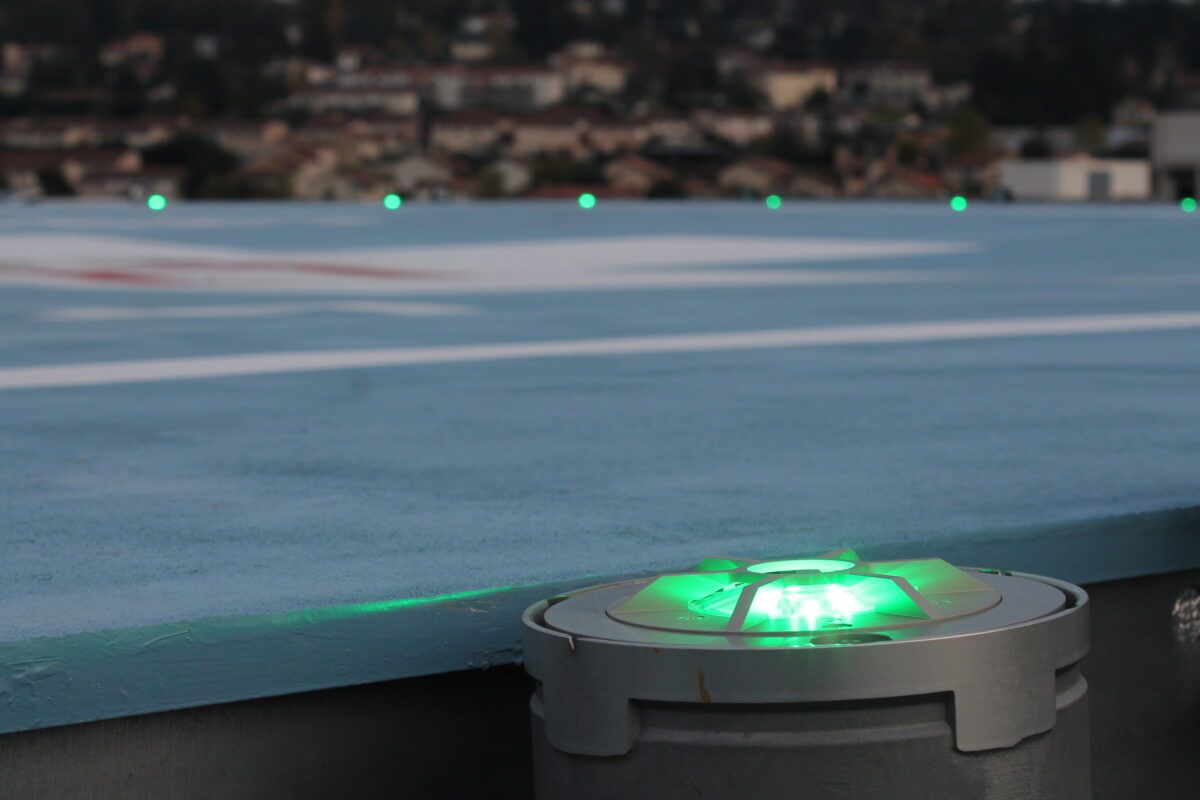In helicopter operations, wind plays a critical role in determining approach direction, landing angle, and safety margins. For this reason, heliport wind direction indicators are essential components of every well-equipped heliport or helideck. These indicators help pilots assess wind direction and speed during approach, landing, and takeoff, making them indispensable for flight safety.
In this article, we’ll explore what heliport wind direction indicators are, their types, design requirements, regulatory standards, and best practices for installation and maintenance.
What Are Heliport Wind Direction Indicators?
Heliport wind direction indicators, also known as windsocks or wind cones, are visual tools that show the direction and approximate speed of surface wind at a heliport or helideck. They assist helicopter pilots in aligning their aircraft to land or take off into the wind a standard aviation practice for increased control and reduced landing distance.
Why Are Wind Direction Indicators Important for Helicopters?
Unlike fixed-wing aircraft, helicopters are capable of vertical takeoff and landing (VTOL). However, wind direction still plays a vital role in:
Stabilizing the aircraft during descent and hover
Preventing tail rotor stress or main rotor overload
Ensuring directional control during touchdown
Reducing the risk of dynamic rollover or blade strike
Without a visible and reliable wind direction indicator, pilots are left to estimate wind conditions, increasing the chance of error and accident.
Maintenance Considerations
Routine maintenance is crucial to ensure reliability. Recommended practices include:
Visual inspections for tears, fading, or detachment.
Cleaning the windsock and light fixtures from dust, bird droppings, or debris.
Checking light functionality during scheduled safety checks.
Lubricating rotating mechanisms on pivoting mounts to ensure smooth movement.
Failing to maintain heliport wind direction indicators may lead to regulatory non-compliance and flight safety risks.
Conclusion
Heliport wind direction indicators may appear simple, but they play a critical role in helicopter safety. By offering real-time, visual guidance on wind behavior, they empower pilots to make accurate approach and landing decisions especially in high-stakes environments like emergency services or offshore operations.
Whether you're designing a hospital helipad or maintaining a remote helideck, ensuring your wind direction indicators are visible, functional, and compliant is a key aspect of aviation safety. Investing in high-quality, illuminated systems — such as those developed by Aero Lighting can greatly reduce risk and improve operational confidence.
